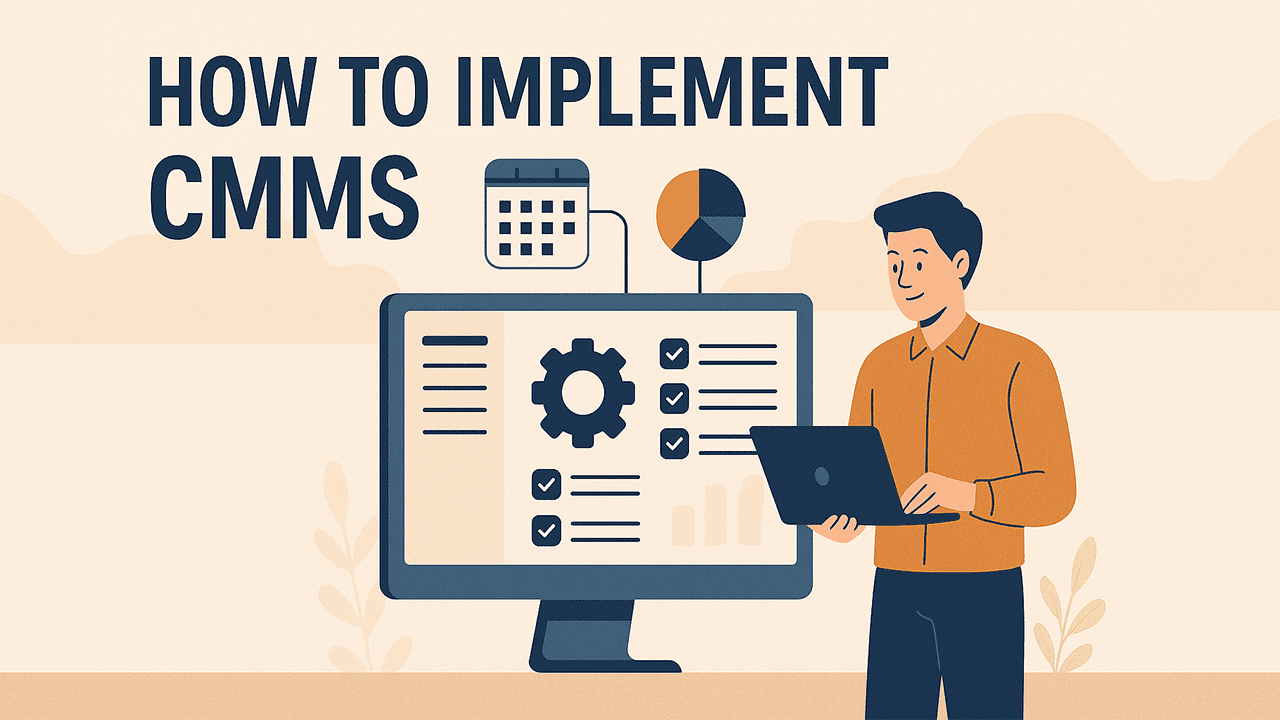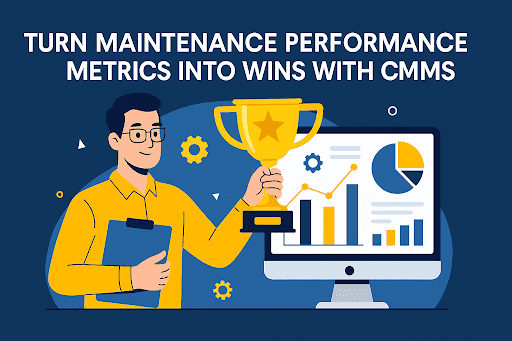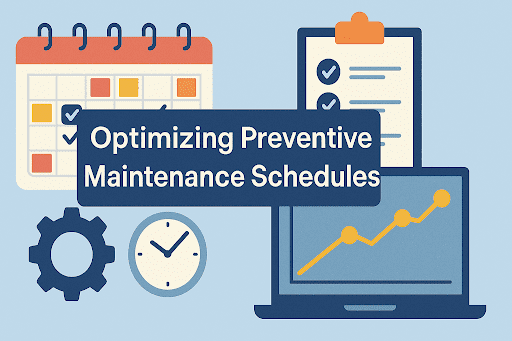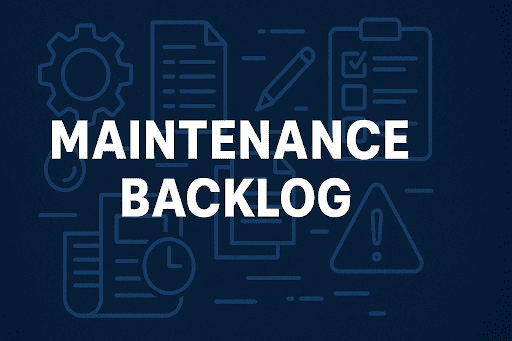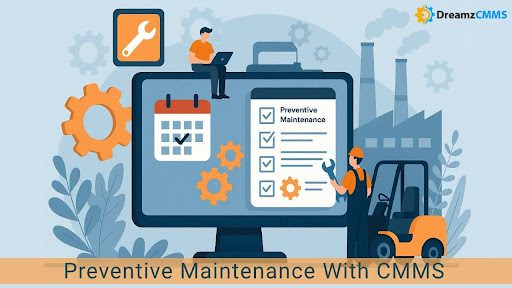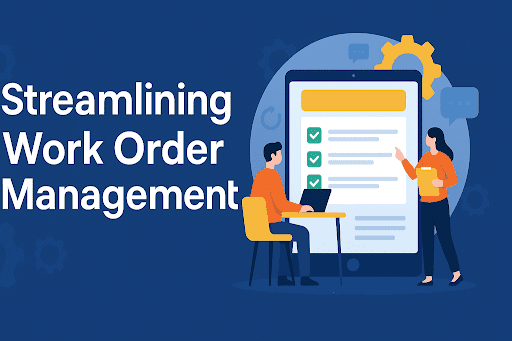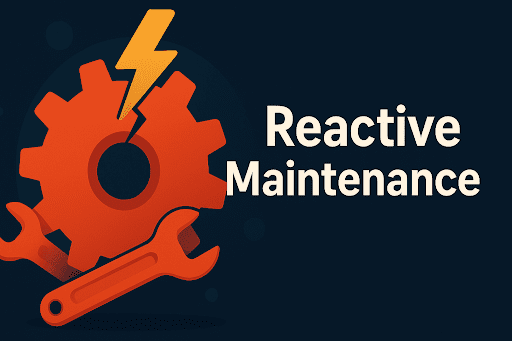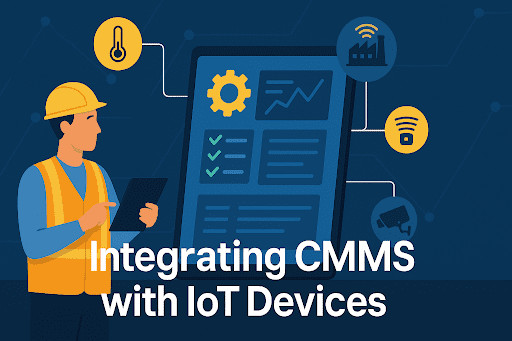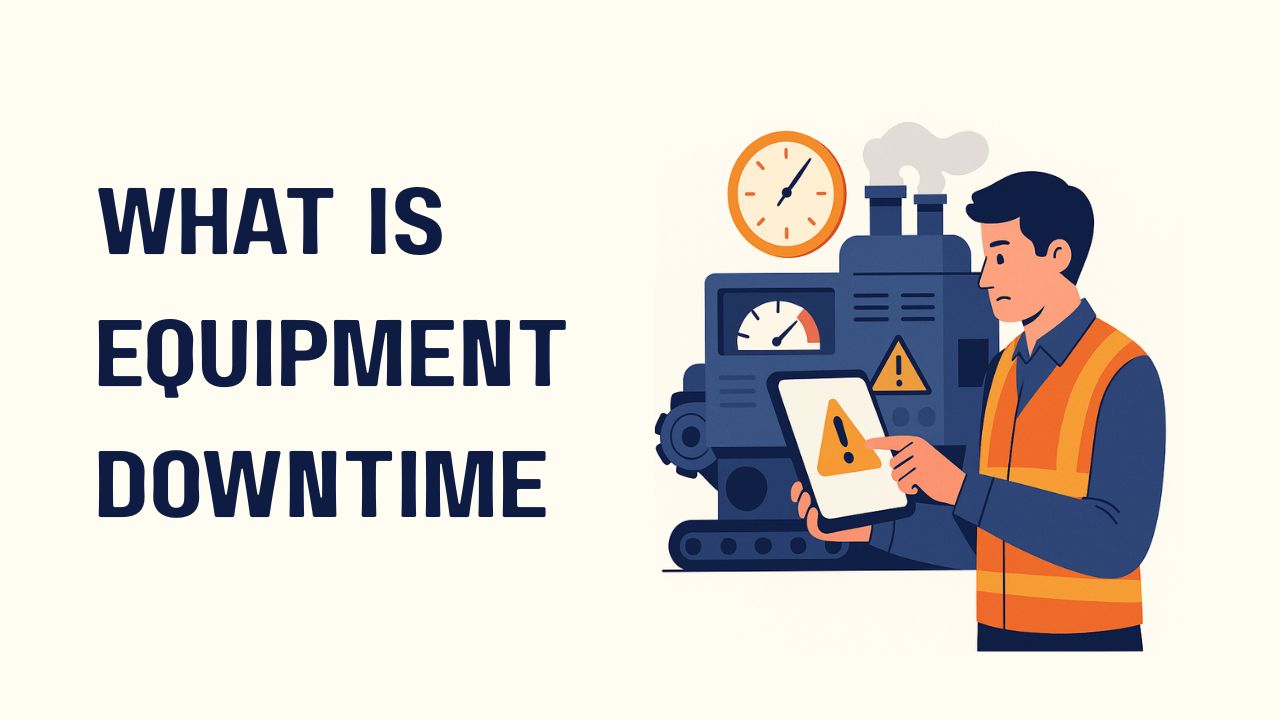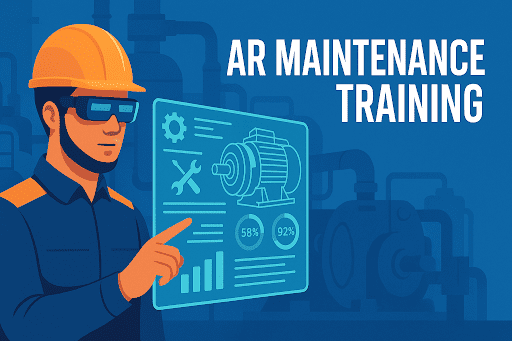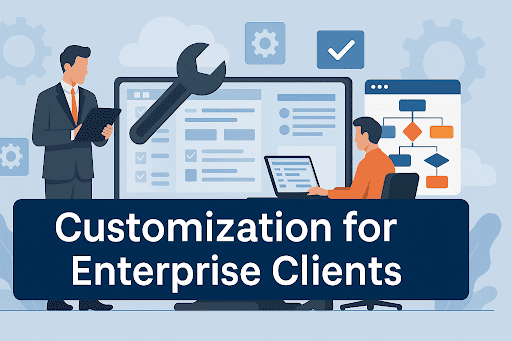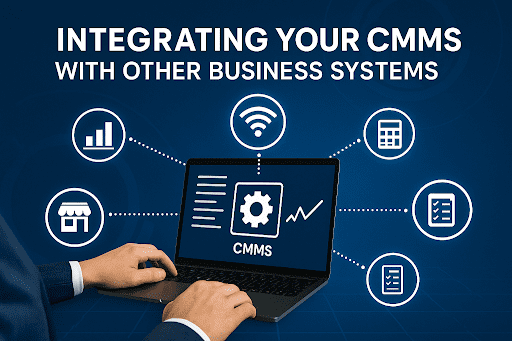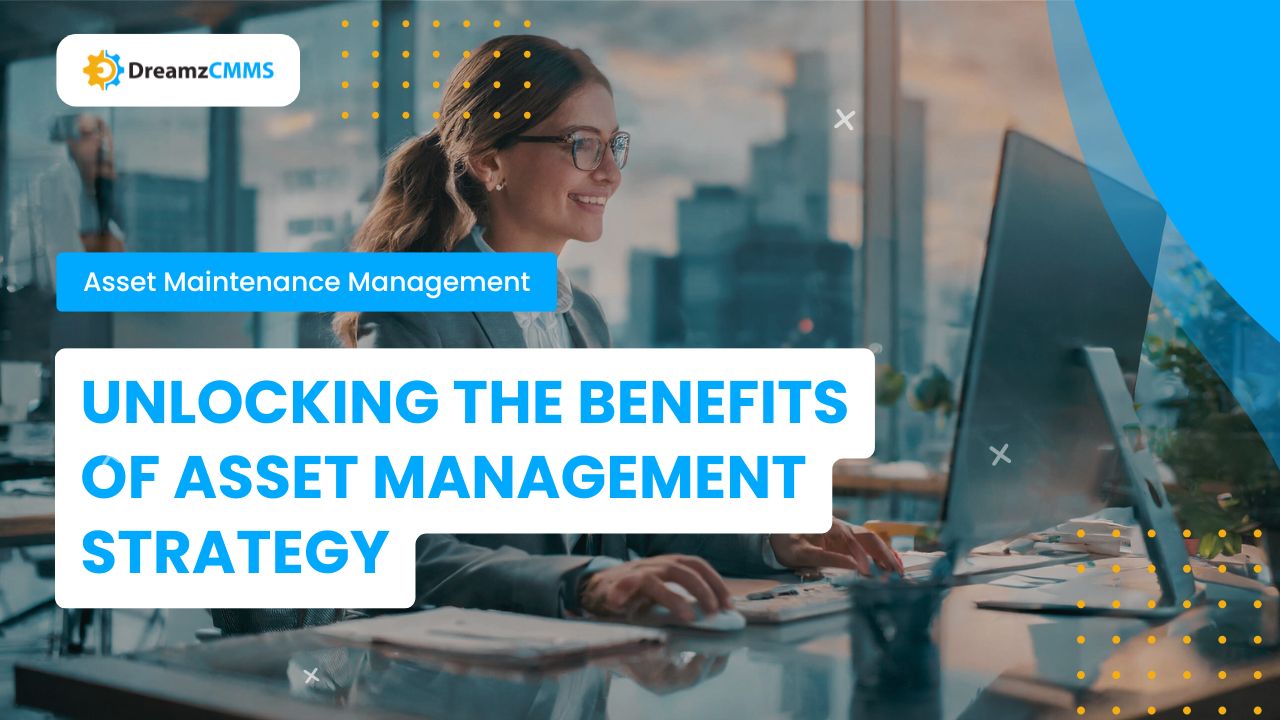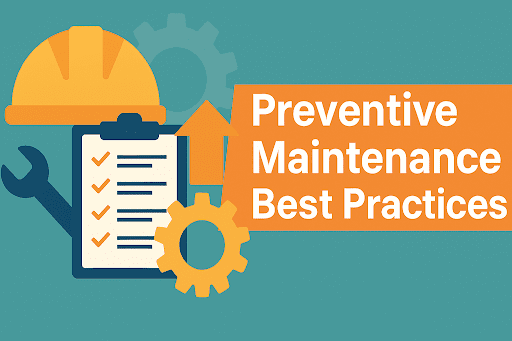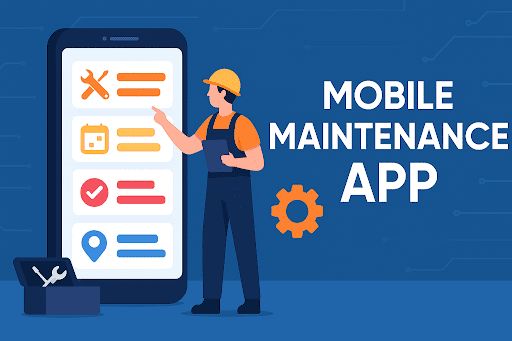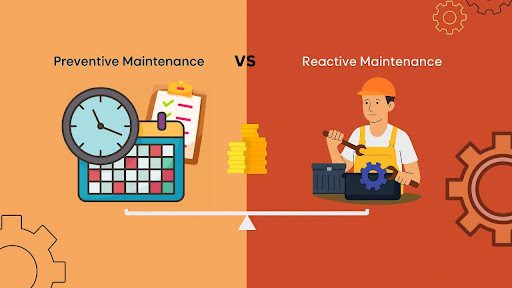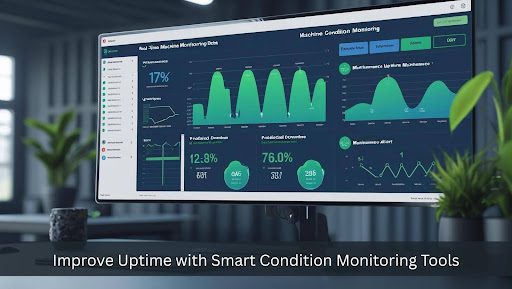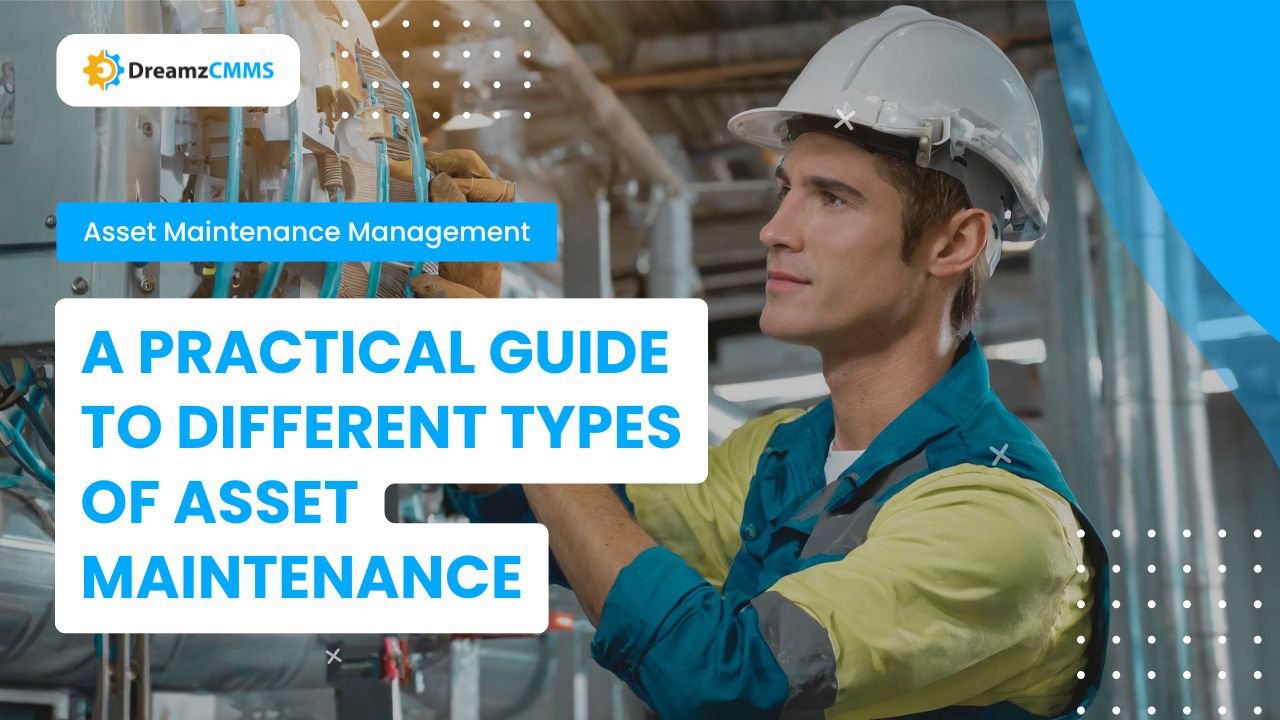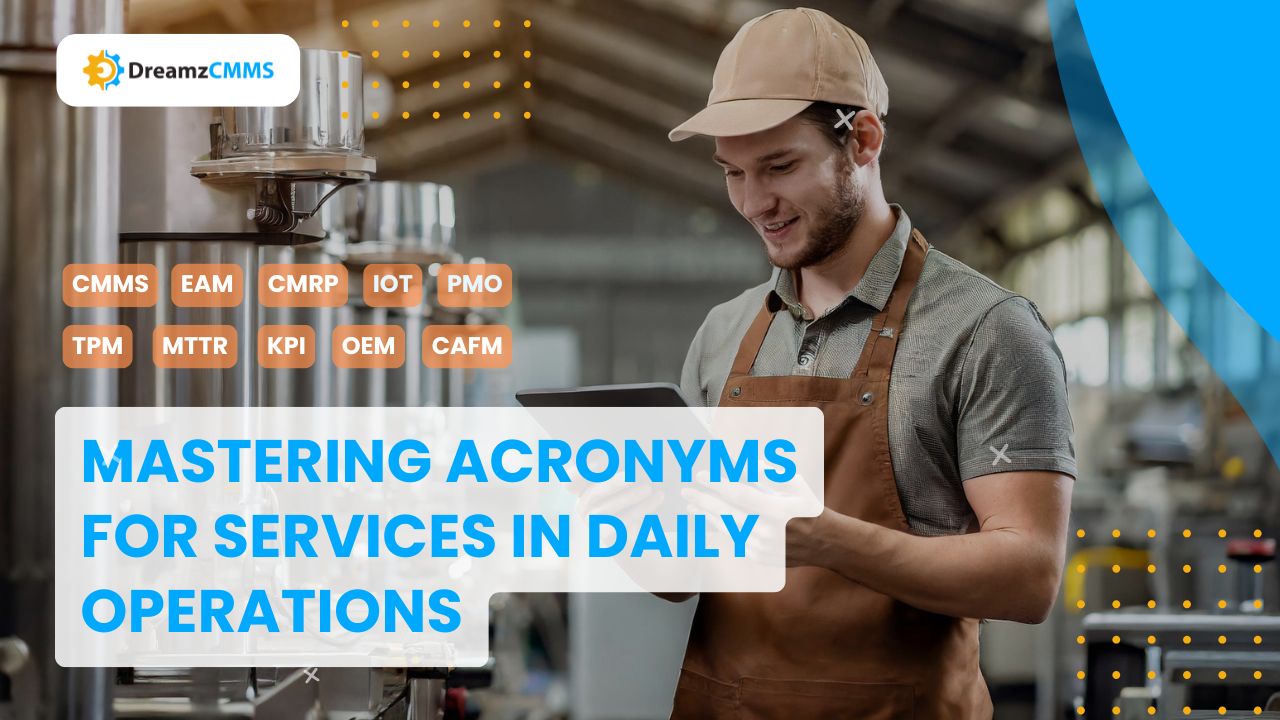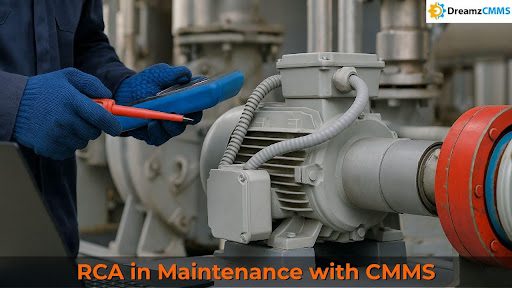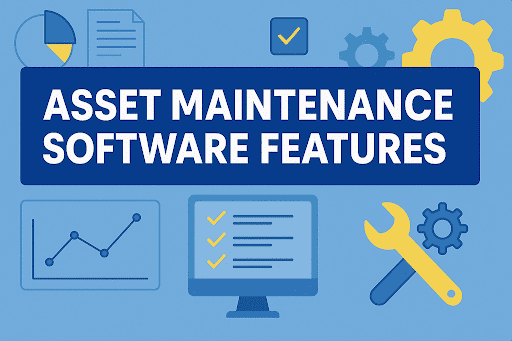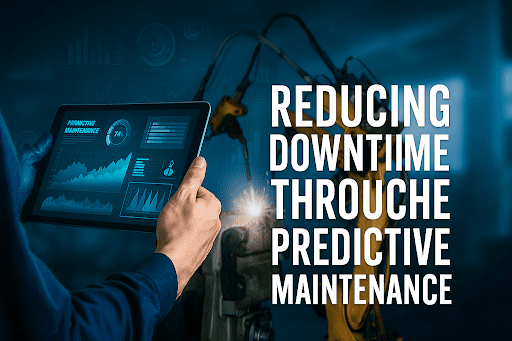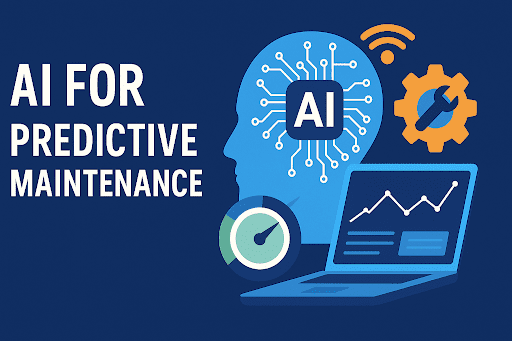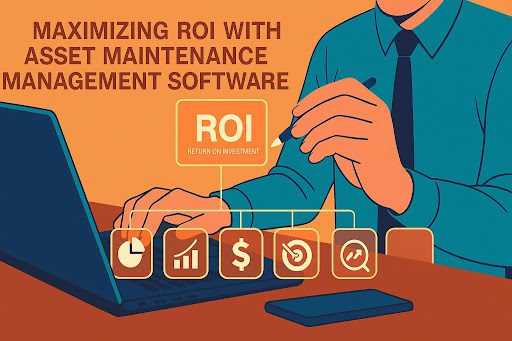 BACK TO Blog
BACK TO Blog
Asset Rental Management
Asset Maintenance
Why Lifecycle Thinking Must Start at the Top The moment an asset enters an organization, its financial and operational journey begins. From procurement to retirement, each decision influences total cost, availability, and long-term value. For C-suite leaders, asset lifecycle management is no longer a back-office concern. It is a boardroom
- May 30, 2025
- DreamzCMMS Team
- 7 minutes read
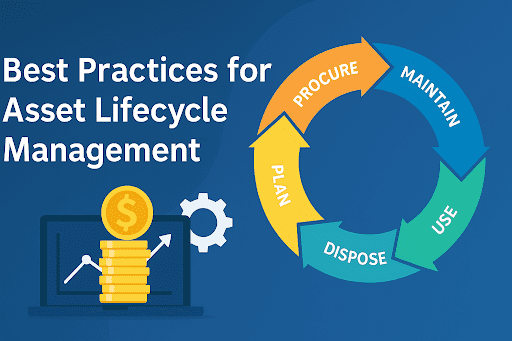
- May 30, 2025
- DreamzCMMS Team
- 7 minutes read
Why Lifecycle Thinking Must Start at the Top
The moment an asset enters an organization, its financial and operational journey begins. From procurement to retirement, each decision influences total cost, availability, and long-term value.
For C-suite leaders, asset lifecycle management is no longer a back-office concern. It is a boardroom topic that shapes capital allocation, compliance, and performance across the business.
Thinking strategically means understanding every stage of the asset lifecycle and implementing the right actions at the right time from acquisition and commissioning to tracking, servicing, and eventually decommissioning.
This blog will uncover:
- How proactive asset management strategies reduce risk and optimize performance
- What role asset reuse and recycling plays in lifecycle planning
- Where scheduled maintenance best practices save cost over time
- And how intelligent platforms like DreamzCMMS, Asset Maintenance Management Software, and RFID Asset Tracking Software make this oversight easier and more efficient
Asset-intensive operations that invest in lifecycle thinking are more resilient, cost-effective, and competitive over the long run.
Managing the Asset Lifecycle One Stage at a Time
An asset’s lifecycle is not defined by its age, it is shaped by how it is managed at every point along its journey. Each phase presents unique challenges, but also opportunities to reduce cost, extend lifespan, and improve operational alignment.
Below is a breakdown of the primary asset lifecycle stages, with practical, performance-driven best practices at each step.
1. Acquisition and Commissioning
The lifecycle begins the moment an asset is procured. At this stage, executive planning is essential.
Best Practices:
- Prioritize assets with a strong total cost of ownership (TCO) profile
- Leverage Facility Management Software to centralize asset registration
- Use RFID Asset Tracking Software from day one to eliminate future data gaps
- Validate warranties, asset class coding, and commissioning protocols before deployment
2. Operation and Utilization
Once in service, assets must deliver maximum return without compromising availability or safety.
Best Practices:
- Set up usage-based triggers and monitor through DreamzCMMS
- Align operations with scheduled maintenance best practices to prevent costly disruptions
- Track operating hours, workloads, and location using automated sensors and CMMS inputs
- Implement proactive asset management strategies to identify underperforming units
3. Maintenance and Optimization
The goal of this stage is to sustain value while minimizing reactive interventions.
Best Practices:
- Use Asset Maintenance Management Software to automate task generation and technician workflows
- Monitor service costs to flag assets approaching repair-versus-replace thresholds
- Integrate parts inventory to reduce downtime during repairs
- Rely on CMMS data analytics to optimize intervals and prevent over-maintenance
4. Depreciation and Revaluation
Financial accountability is critical. This is where visibility into asset aging and condition supports smarter forecasting.
Best Practices:
- Automate asset depreciation tracking through lifecycle-integrated software
- Schedule audits and revaluations quarterly or biannually
- Tag high-capital assets for separate financial review using internal CMMS asset codes
5. End-of-Life and Disposal
Every asset retires eventually. Strategic exits matter as much as strategic entries.
Best Practices:
- Plan for asset disposal before value declines or support becomes unavailable
- Include asset reuse and recycling procedures as part of sustainability initiatives
- Document the asset’s full lifecycle in your DreamzCMMS history to support auditing and compliance
Measuring What Matters KPIs for Asset Lifecycle Performance
Strong asset management is not a one-time decision; it is a continuous process of monitoring, analysis, and improvement. To manage assets effectively over time, leaders must measure the right indicators at every stage of the lifecycle.
Below are essential metrics that provide real-time insight into operational performance and long-term value.
1. Equipment Lifecycle Costs
Understanding total lifecycle cost goes beyond the purchase price. It includes maintenance, downtime, energy consumption, and depreciation.
Best Practices:
- Track all cost components in your < href="https://dreamzcmms.com/asset-maintenance-management-software/">Asset Maintenance Management Software
- Compare lifecycle cost trends across asset types and locations
- Use this data to prioritize investments, upgrades, and retirements
2. Asset Downtime and Availability
The more time an asset is unavailable, the less value it delivers.
Best Practices:
- Use DreamzCMMS to monitor planned vs. unplanned downtime
- Automate alerts for unscheduled failures or maintenance overruns
- Align maintenance frequency with usage patterns to balance performance and availability
3. Asset Depreciation and Revaluation
An asset’s book value tells part of the story, but its functional value may differ.
Best Practices:
- Conduct regular condition assessments and align them with asset depreciation tracking
- Identify assets nearing critical value thresholds for disposal or refurbishment
- Generate custom depreciation reports in your Facility Management Software for finance and compliance teams
4. Maintenance Efficiency Metrics
Tracking time, cost, and frequency of maintenance helps determine whether assets are being over- or under-serviced.
Best Practices:
- Benchmark average work order resolution time
- Identify high-maintenance assets through CMMS trend reports
- Apply scheduled maintenance best practices to reduce reactive interventions
5. Reuse, Recycling, and Sustainability Impact
Modern lifecycle management includes environmental considerations, especially in capital equipment disposal.
Best Practices:
- Measure the volume and value of reused or recycled components
- Include sustainability impact assessments in asset reuse and recycling documentation
- Tie asset recovery rates to ESG or CSR reporting for broader organizational impact
Ready to Eliminate Guesswork from Asset Decisions?Managing assets without lifecycle visibility leads to reactive costs, missed replacement windows, and compliance risk. DreamzCMMS gives you complete control—from acquisition to disposal—with real-time tracking, automated maintenance, and actionable analytics. Request a Free Demo today and see how lifecycle intelligence transforms enterprise asset strategies. |
Building a Lifecycle-Ready Tech Stack
Best practices do not scale without the right technology. Manual tracking, siloed spreadsheets, and fragmented maintenance systems no longer support the complexity of modern asset portfolios.
Today, lifecycle success depends on having a CMMS-integrated infrastructure that offers visibility, automation, and data synchronization across teams and departments.
Here are the foundational tools every enterprise should consider:
1. CMMS with End-to-End Asset Tracking
A robust Computerized Maintenance Management System (CMMS) is the backbone of asset lifecycle management. Solutions like DreamzCMMS unify planning, maintenance, depreciation, and disposal tracking into one intelligent system.
Key Capabilities:
- Centralized asset registry from acquisition to decommissioning
- Scheduled maintenance automation
- Full lifecycle cost reporting and analytics
- Integration with procurement, finance, and compliance tools
2. RFID-Based Asset Monitoring
Real-time visibility is critical, especially across large sites or distributed facilities.
RFID Asset Tracking Software provides:
- Real-time location data
- Movement-based maintenance triggers
- Loss and theft prevention alerts
- Seamless updates into CMMS platforms like DreamzCMMS
When RFID is embedded from the start, organizations reduce manual entry errors and ensure audit-readiness across the lifecycle.
3. Facility and Operations Management Systems
Supporting systems like Facility Management Software and Asset Maintenance Management Software bridge gaps between maintenance teams, procurement departments, and executive leadership.
These platforms help:
- Plan capital asset replacement cycles
- Coordinate technician scheduling across facilities
- Tie operational performance to financial strategy
- Support environmental, social, and governance (ESG) goals through lifecycle traceability
4. Built-In Analytics and Custom Dashboards
Tools are only as powerful as the insights they provide.
Modern solutions include advanced dashboards for:
- Equipment lifecycle costs
- Work order efficiency
- Asset performance vs. depreciation curves
- End-of-life forecasting
With customizable KPIs, C-suite teams can monitor trends, justify investment decisions, and make faster, data-backed choices.
From Compliance to Competitive Edge – Why Now Is the Time to Act
Asset Lifecycle Management is no longer just a maintenance concern. It is a boardroom-level priority. C-suite executives who align capital assets with long-term business strategy achieve lower operating costs, reduced compliance risk, and stronger shareholder value.
Forward-looking enterprises have already adopted platforms like DreamzCMMS to bring full visibility and control over asset performance, cost, and compliance. The time to follow is now.
The Executive Advantage
Implementing best practices in asset lifecycle management leads to:
- 30% increase in asset longevity
- 25% reduction in lifecycle cost variance
- Higher asset availability rates and reduced unplanned downtime
- Stronger regulatory audit performance
More importantly, it enables a proactive leadership posture, turning reactive maintenance burdens into predictable value streams.
Leadership Insight:
"With DreamzCMMS, we moved from spreadsheet chaos to total lifecycle control. The shift has empowered our team to focus on strategy, not fire drills."
—VP of Facilities, Global Manufacturing Firm
Are You Ready to Take the Next Step?Maximize asset performance and ROI. Align maintenance with strategy. Partner with DreamzCMMS to implement asset lifecycle best practices today. Explore DreamzCMMS Solutions Now |
Ready for More?
Talk to one of our CMMS experts and see how DreamzCMMS can simplify your maintenance operations.
Book a free consultation

